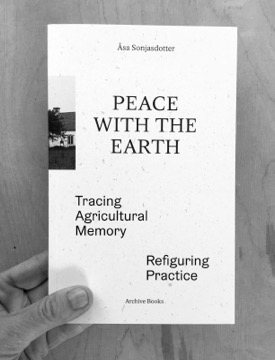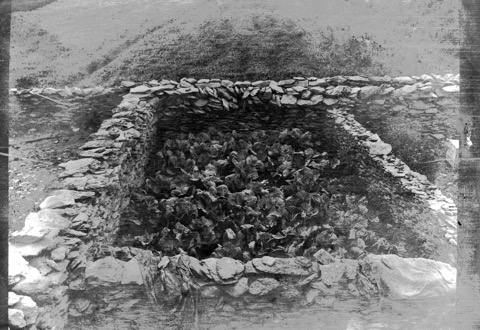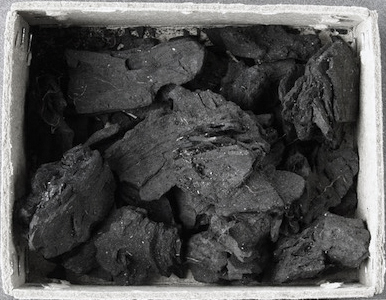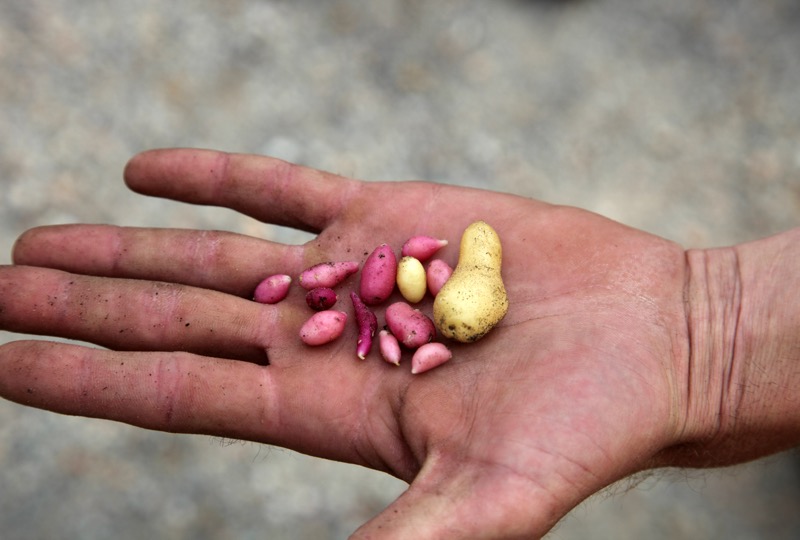
Peace With the Earth
Tracing Agricultural Memory
– Refiguring Practice
Edited by Ros Gray
Published by Archive Books
www.archivebooks.org
The artistic, micro-historical enquiry presented in this book responds to the call, made by two Swedish suffragettes and peace activists Elisabeth Tamm (1880–1958) and Elin Wägner (1882–1949) in their pamphlet Fred med Jorden (Peace with the Earth, 1940). Grounded in research into agricultural practices on the Swedish island of Gotland in the Baltic Sea, the quotations, documents and photographs of dead and living matter presented in the book, testify to ways of living off the land prior, during and after land-reforms and industrialisation processes. The assemblages sketch out the nurturing environments of three relict crops cultivated from prehistoric times until the present day. The research presented, reveals inconsistencies in historical narratives regarding the ‘progress’ of modern agriculture. From these cracks and gaps, possibilities for cultivation systems that nurture the soil and its habitat are opened up, enabling humans to actually live in peace with the Earth.

‘The Kale Bed’ is so called
because there is always kale in it.
Ireland, 2016 - 2020
Hosted by Project Arts Centre, Dublin
In a long-term enquiry, visual artist Åsa Sonjasdotter revisits histories of agriculture related to the kale plant on Ireland. Tracing stories in soils, habitats and dwellings, the findings challenge dominant narratives of nurturing relations.
more >>

Cultivating Stories
Gotland, Sweden, 2015 - 2019
Hosted by the Baltic Art Centre,
Gotlands Museum and Konstfrämjandet
A tracing of human relationships to cultivated plants in archives, heritage landscapes and in literature. Cultivated plants’ rich variation in form and taste has emerged through, what might be called, a “breeding dialogue”, between humans and plants. When Carl von Linné systematized the nature (Systema Naturae, 1735), cultivated plants were not mentioned, as they were not regarded as belonging to God’s divine order. Considering human’s close relation to cultivated plants, their aesthetic capacity is surprisingly overlooked within both art and science.
more >>

The Order of Potatoes
On Purity and Variation in Plant Breeding
by Åsa Sonjasdotter
Pages 311-329 | Published online: 25 Sep 2018
Published in the journal Third Text Volume 32, 2018
Issue 2-3: The Wretched Earth: Botanical Conflicts and Artistic Interventions
An article addressing questions of memory, matter, temporality and narrative as they emerge in stable plant variation throughout processes of cultivation and breeding. In the article, I present two different but entangled narratives on potatoes and breeding. Both stories begin at the time of early colonialism and capitalism at the end of the sixteenth century. I present the narratives alongside each other as a way to make visible how they not only represent different perspectives on the same historical spacetime, but also how they involve different narrative formats.